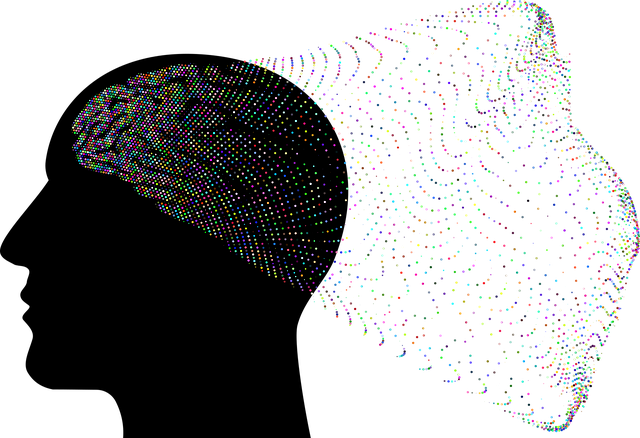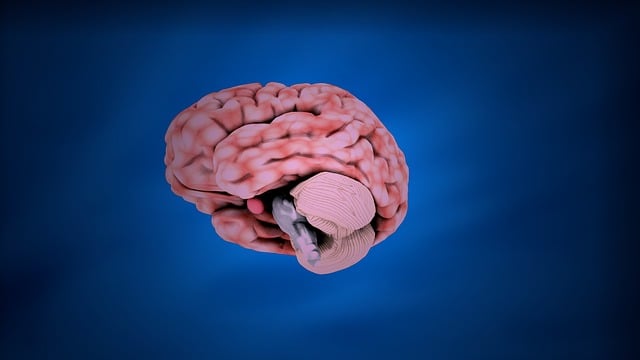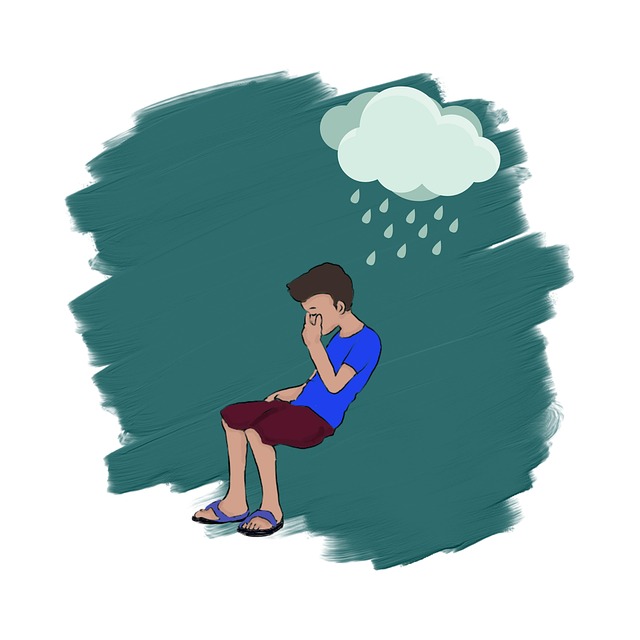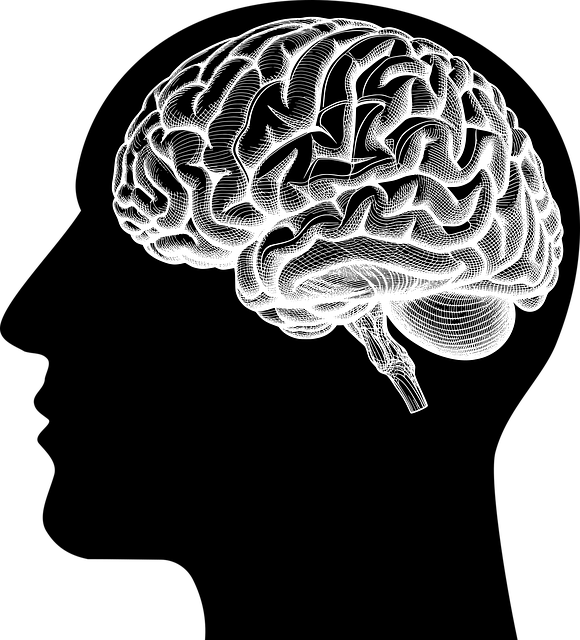Aurora Exposure and Response Prevention (AERP) Therapy is a community-focused, transformative approach that empowers individuals to manage stress and anxiety through gradual exposure to distressing situations and learning effective coping strategies. This therapy plays a key role in reducing mental health stigma, fostering understanding, and supporting those with mental health concerns. By identifying community needs, incorporating tailored programs like Mental Wellness Journaling Exercises, and using inclusive outreach methods, AERP reaches diverse populations, especially underserved communities. Measuring success through clear evaluation metrics, feedback collection, and follow-up workshops ensures the program maintains its effectiveness in combating stigma and promoting mental wellness within communities.
Community outreach programs play a pivotal role in promoting mental health awareness and accessibility. This article explores the implementation of Aurora Exposure and Response Prevention (AERP) Therapy as a powerful foundation for community engagement. By understanding local needs, designing inclusive activities, and measuring success, we can create impactful outreach initiatives. We’ll delve into strategies that empower communities, ensuring long-term mental well-being and fostering supportive environments through evidence-based practices like AERP Therapy.
- Understanding Aurora Exposure and Response Prevention Therapy: A Foundation for Community Outreach
- Identifying Community Needs: Assessing the Landscape for Effective Outreach Programs
- Designing Engaging and Inclusive Outreach Activities: Strategies for Maximum Impact
- Measuring Success and Sustaining Long-Term Engagement: Evaluating and Enhancing Outreach Efforts
Understanding Aurora Exposure and Response Prevention Therapy: A Foundation for Community Outreach

Aurora Exposure and Response Prevention (AERP) Therapy is a powerful approach that can significantly enhance mental wellness within communities. This therapeutic method focuses on helping individuals confront and manage their fears and anxieties by gradually exposing them to distressing situations or triggers, while teaching effective coping strategies. By participating in AERP, community members can learn to reframe their responses to challenging situations, thereby reducing the impact of stress and anxiety on their daily lives.
This therapy plays a pivotal role in Mental Illness Stigma Reduction Efforts, fostering an environment where individuals with mental health concerns feel understood and supported. Through group sessions or personalized treatments, AERP aims to boost self-esteem and resilience, enabling community members to take control of their mental health journeys. By understanding and embracing this therapeutic foundation, communities can better address the unique needs of their members, ultimately contributing to a more inclusive and supportive social fabric.
Identifying Community Needs: Assessing the Landscape for Effective Outreach Programs

Identifying Community Needs is a crucial first step in designing effective outreach programs. This involves assessing the unique landscape and challenges faced by the community, which can be vastly different from one region to another. For instance, in areas with limited access to mental health services, initiatives like Aurora Exposure and Response Prevention Therapy (AERPT) can offer innovative solutions. AERPT, backed by robust Mental Health Policy Analysis and Advocacy, has proven effective in treating specific conditions, making it a valuable resource for community outreach.
Understanding the needs requires thorough Risk Assessment for Mental Health Professionals to ensure safe and ethical delivery of services. This process involves gauging cultural sensitivity, existing support systems, and local regulations. By integrating these insights, community leaders can develop tailored programs that address pressing issues, such as promoting Mental Wellness Journaling Exercise Guidance, which encourages individuals to document their experiences and track progress in a supportive environment.
Designing Engaging and Inclusive Outreach Activities: Strategies for Maximum Impact

Designing engaging and inclusive outreach activities is a powerful strategy to maximize the impact of community programs, such as Aurora Exposure and Response Prevention Therapy (AERPT). The key lies in creating experiences that resonate with diverse populations, addressing various cultural, social, and psychological factors. For instance, incorporating local traditions and customs into therapy sessions can make AERPT more accessible and appealing. This approach not only fosters a sense of belonging but also enhances participation rates, particularly among underserved communities.
Effective outreach goes beyond traditional methods; it involves innovative communication strategies tailored to different needs. Mental Health Policy Analysis and Advocacy plays a crucial role in understanding community dynamics and tailoring interventions accordingly. For example, using visual aids, storytelling, or peer support groups can improve comprehension and engagement, especially for those with limited literacy or language barriers. Additionally, Social Skills Training can be integrated into these activities to build confidence and encourage active participation, ultimately strengthening the therapeutic impact of AERPT initiatives.
Measuring Success and Sustaining Long-Term Engagement: Evaluating and Enhancing Outreach Efforts

Measuring success is a pivotal aspect of community outreach programs, especially when aiming to improve mental health and reduce stigma. Organizations implementing initiatives like Aurora Exposure and Response Prevention Therapy (AERP) should establish clear evaluation metrics. These could include tracking the number of individuals reached, their engagement levels, and the perceived impact on coping skills development. By gathering feedback and conducting pre-post program assessments, outreach efforts can be refined to better meet the community’s needs.
Sustaining long-term engagement requires a multifaceted approach. Besides immediate program outcomes, focus on fostering ongoing connections with participants. Mentorship programs, peer support networks, and follow-up workshops can contribute to self-esteem improvement and reinforce the skills acquired during the outreach. Consistently evaluating and adapting these strategies ensures that mental illness stigma reduction efforts remain effective over time.
Implementing successful community outreach programs requires a deep understanding of local needs, innovative strategies, and continuous evaluation. By integrating Aurora Exposure and Response Prevention Therapy (AERPT) principles, we can create engaging and inclusive activities that foster long-term engagement. Each step, from assessment to measurement, is crucial in building a robust outreach framework that positively impacts communities. Through this collaborative approach, we can ensure sustainable progress and better mental health outcomes for all.













